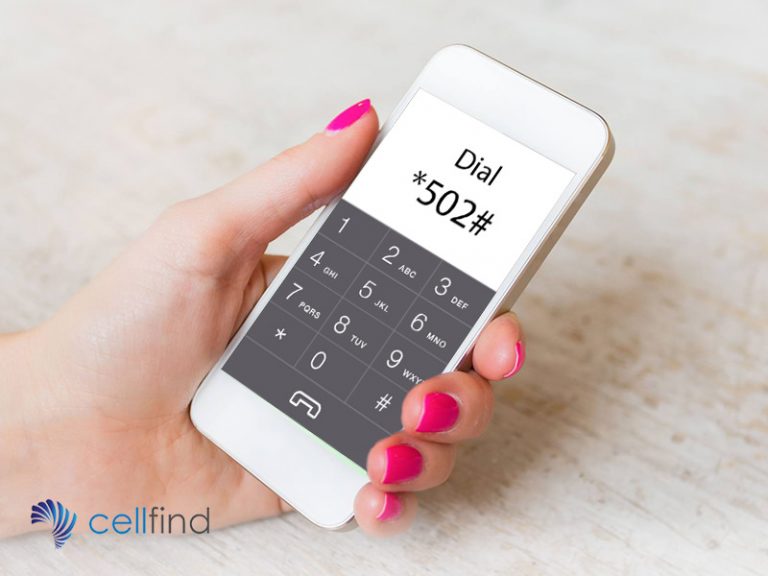Since the early 2000s, mobile users have used Unstructured Supplementary Service Data (USSD), often referred to as ‘Quick Codes’, to check mobile data or airtime balances and to receive one-time pins for certain processes. Now, around 20 years later, businesses have realised that this simple text-driven technology has more potential. Businesses often have to reach customers to collect certain data or to send specific information and while a large range of applications allows for these functions today, not everyone has access to it. Consumers are always looking for the most accessible, most convenient and most affordable way to interact with businesses. USSD has proved to be the ideal service.
USSD is a mobile communication technology service that features real-time network connections that make it easy for both technical and non-technical mobile users to communicate with businesses and have access to its services from one platform. Furthermore, USSD is not mobile device-dependent, so it can be used without any activation required. While it is similar to SMS messaging, it functions in real-time and allows for easy two-way communication, making responses almost instantaneous as long as the channel stays open.
Cellfind, a leading mobile technology solutions company, has realised how beneficial USSD is to both businesses and consumers; its simplicity and inclusivity make it a trusted form of interaction. Cellfind now offers it as a full service to businesses. With Cellfind, USSD can be used alongside SMS through the same interface and comes with an API that is easy to integrate into existing systems.
How can businesses use USSD?
When a mobile user has access to USSD, a simple short code can be dialed to generate a query. This menu-based system then allows the user to view and use certain services. Once a request is sent, responses are returned in a simple text-based format, offering quick and easy access to information.
USSD is a versatile customer communication service that can be used for a variety of purposes, including:
Information services
USSD allows information, such as news or weather forecasts to be sent to mobile users. By using this protocol, users can choose which information they want access to and get answers to requests quickly and when it is most convenient for them.
Interactive services
Through the use of USSD, businesses can request responses from customers in real-time. This function creates easy-to-use platforms for mobile competitions, surveys and lead-generation campaigns.
Payment services
With USSD’s quick code, users can buy a range of products on the go. With just a few clicks, top-ups such as airtime and electricity can be made directly from a user’s mobile phone.
Managing accounts
Many businesses are using USSD to offer their customers a way to manage their accounts. Through this technology, users can update details, shop and communicate with support agents. This allows for a smooth customer experience without involving agents or third-party applications.
Sending and requesting of one-time pins
Certain processes often require a customer to use a one-time pin. USSD makes it easy for them to request and access one-time pins to make purchases, request personal information or to update certain details.
Identity verifications
USSD can also be used to verify customers’ identities. For example, a few security questions can be sent to the customer’s phone or the service can request personal information such as an ID number. Customers can then answer these questions by choosing options from a menu.
Alerts and notifications
Alerts and notifications, such as important updates, can be sent to customers through USSD. By using this simple mobile messaging solution, many people can be notified through just one platform.
With around 3.5 billion people using mobile phones globally, text-based mobile technology still seems like the best communication solution. One of its most basic forms, USSD, has now proven to be highly beneficial to both modern businesses and consumers. Not only is it inclusive and affordable, but it is easily customisable to suit specific requirements. This makes it a game-changer for business-to-customer interaction. While technology is ever-evolving and changing, text-based mobile services are still at the forefront of enhanced communication.
Invest in USSD and improve interaction with your customers.



2 thoughts on “What Can USSD Be Used For?”